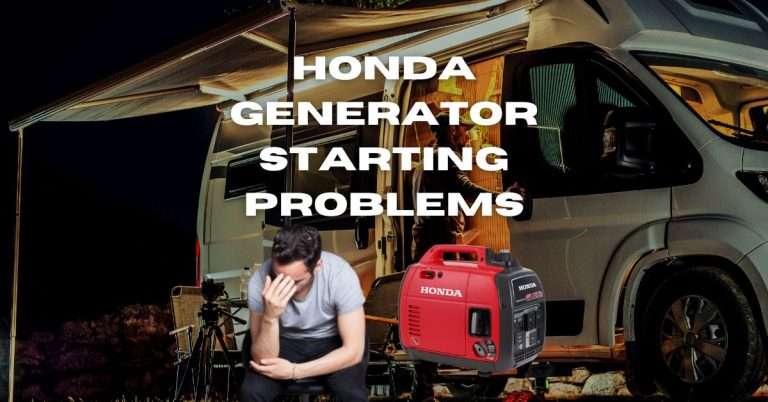How to Fix an Overfilled Propane Tank? [In-depth Discussion]

Last updated on August 13th, 2024 at 12:07 am
When it comes to handling propane tanks, from the use to refilling, safety should be your top priority. There are several safety concerns that you need to have in mind, and one of them is the danger of overfilling the tank.
Fixing an overfilled propane tank should be done immediately after you notice that your tank is overfilled. This will spare you a lot of hazards. The first thing to do is to clear the area. Ensure there are no ignition sources nearby that would trigger an explosion. From here, contact the nearest propane specialists. These professionals will work to ensure that they keep you out of danger and diffuse the situation in the safest way possible.
This article helps outline what to do in the event your propane tank is overfilled. Read on.
How to Fix an Overfilled Propane Tank?

An overfilled propane tank, though rare, is very possible. Hence, it is important to know how to deal with one. Usually, propane tanks are never 100% filed for safety reasons. An overfilled propane tank can be detected from the smell.
You will notice an overwhelming smell of propane gas, which usually means that propane is escaping the tank. Theoretically, a vapor stream of liquid propane escapes the tank and this could potentially cause a fire hazard.
Other signs of an overfilled propane tank include a high gauge after the tank is filled and the sound of propane shooting out of the tank when the relief valve is released.
If you happen to have an overfilled propane tank, the first course of action is to clear the area. There should not be any ignition sources nearby that could potentially result in an explosion. The next thing is to contact your propane specialists.
These specialists are trained to diffuse the situation and ensure you are safe. It is important to note that you should not attempt to drain your propane tank. This could keep you in more danger.
What Happens if a Propane Tank Is Overfilled and Then Heated?
An overfilled propane tank can explode when heated causing great damage and even injury. The liquid propane in the tank expands more due to an increase in temperature and pressure keeps building up.
When propane expands, its volume increased 17 times more than water. Also, the pressurized tank may cause the relief valve to burst open and spill propane on the ground. If there are any ignition sources nearby, an explosion could occur.
The rising temperatures result in the expansion of the liquid propane gas which could potentially lead to a fuel release or leak through the pressure release Device PRD. Technically, the PRD is designed to release propane gas when the levels are above the set safe levels.
It is therefore a safety measure. But in the event that the conditions result in a pressure release, if there is an ignition source nearby, it becomes a fire hazard.
How Do You Bleed the Pressure Out of a Propane Tank?
Releasing pressure from and bleed the propane tank is a simple process, but you must observe some safety precautions. First, if already connected to a grill, open the hood of the grill so there is no gas building up.
The next step is to turn off the burner. Then, on your propane tank, twist the shutoff valve clockwise until it is totally closed. Remove the hose as you would normally do when changing out the tank. You are likely to hear a slight hiss as the excess pressure is released. Wait to reconnect the hose after thirty seconds.
Why Won’t My Propane Grill Get Gas?
Sometimes if you are having trouble getting your gas grill started, this could be because your propane tank needs to be ‘burped’. The problem often lies within the bypass valve inside the regulator. If there is excess pressure, the valve gets fully or partially stuck and this stops the gas from exiting the tank.
FAQs
Conclusion
Propane tanks come in handy on several occasions for use in and outside the house. At some point, your tank will run out of propane and this requires re-filling. However, in the event that the gas cylinder is overfilled in the process, the propane tank becomes a safety hazard. Hopefully, this article helps you go about this situation in the best way to avoid any harm and danger.
You Can Also Read:
- How to Bypass the Def Level Sensor
- How to Bypass Def System on Cummins
- How to Make a Neutral Ground Bonding Plug
- How to Clean RV Toilet Pipe
- How Many Times Can a Propane Tank Be Recertified
- Best 12V Portable Camping Fridge - August 13, 2024
- How to Insulate Slides on an RV - February 8, 2024
- How Much Water Does an RV Use Per Day? Understanding Your Daily Consumption - February 8, 2024






